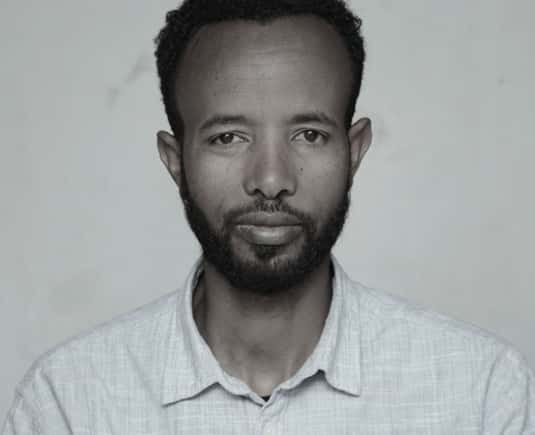Partner Q&A: Evolving care for small and sick newborns in Ethiopia
A conversation with Abiy Seifu Estifanos, Assistant Professor, Addis Ababa University

A conversation with Abiy Seifu Estifanos, Assistant Professor, Addis Ababa University
